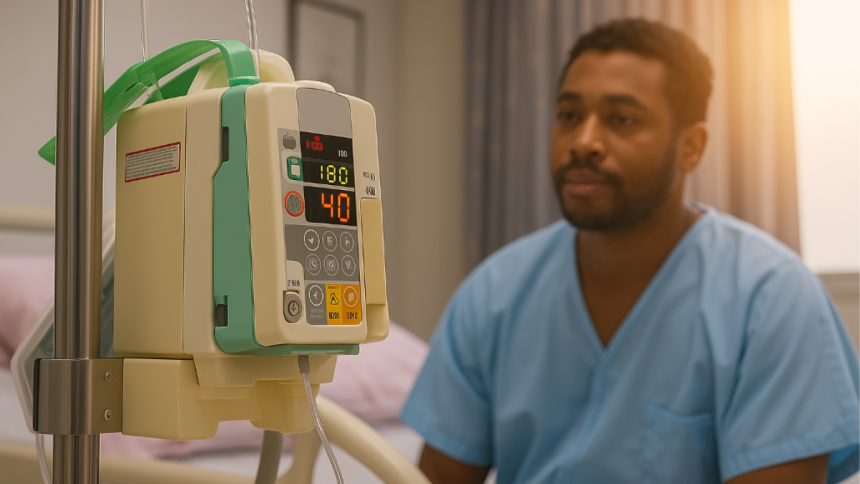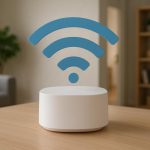Infusion pumps are automated medical devices that deliver controlled amounts of fluids such as insulin, antibiotics, or chemotherapy drugs into a patient’s bloodstream. These systems are commonly used in:
- Hospitals and intensive care units
- Nursing homes and long-term care facilities
- Home healthcare (such as insulin pumps for diabetic patients)
Because they replace manual injections, infusion pumps must deliver fluids at precise rates and volumes. Even a small error in dosage can lead to harmful outcomes. To ensure accuracy, these pumps often include pressure or force sensors that provide real-time feedback. This allows the system to monitor flow and quickly detect issues like clogs or leaks.
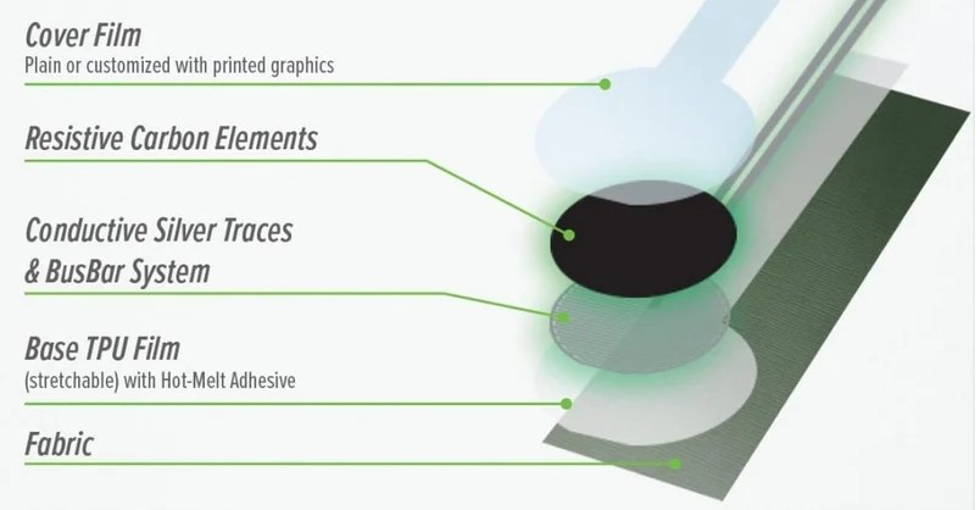
Understanding Force Sensing Resistors
A Force Sensing Resistor is a thin, flexible sensor that changes its resistance when pressure is applied. Here’s how it works:
- Constructed using functional ink printed on a flexible film
- When force is applied, the ink’s conductive particles move closer together, reducing electrical resistance
- As pressure is released, resistance increases
- This shift in resistance provides a measurable signal that correlates with force
Because of their adaptability and small size, FSRs are an excellent fit for medical devices where space, weight, and precision are critical. Designers can choose from various formats, such as single sensing points, arrays, or linear strips, depending on the device’s needs.
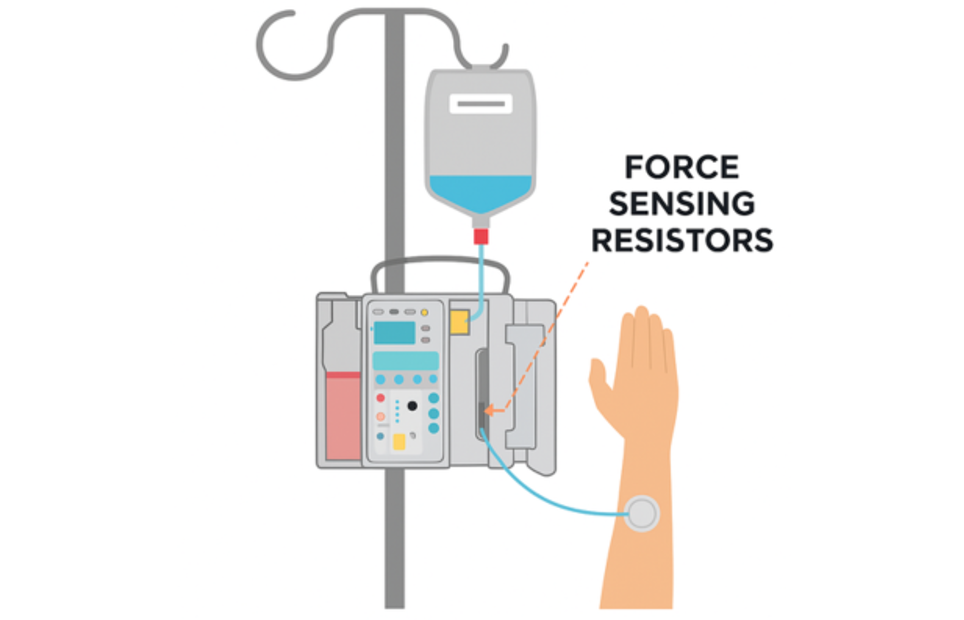
Enhancing Infusion Pump Performance with FSRs
FSRs can be integrated into infusion pumps to provide continuous monitoring and safety features. Their benefits include:
- Early occlusion detection
FSRs placed near tubing detect slight changes in pressure that may signal a blockage before it becomes critical. - Dosing accuracy
Real-time pressure data helps the pump adjust motor speed or valve settings to maintain consistent fluid delivery. - Smart feedback loops
The sensor’s analog output enables fast responses to pressure shifts, ensuring the pump reacts immediately to any change.
- Environmental adaptability
FSRs can compensate for fluctuations in temperature, viscosity, or mechanical wear, maintaining consistent performance.
These capabilities help healthcare providers deliver precise treatments while reducing the risk of error or equipment failure.
Why FSRs Are Ideal for Medical Devices
FSRs offer multiple advantages that make them a preferred choice for integration in compact medical systems:
1. Ultra-thin and flexible
- Conform easily to curved surfaces or tight spaces
- Do not add bulk to portable or wearable medical devices
2. Low power consumption
- Require minimal energy, ideal for battery-operated systems
- Eliminate the need for complex mechanical parts
3. Scalable design
- Can be printed in small footprints for tight installations
- Allow for single-point or multi-point sensing within a device
4. Long-term durability
- Engineered to withstand millions of use cycles without degradation
- Resistant to moisture and temperature variations commonly found in clinical settings
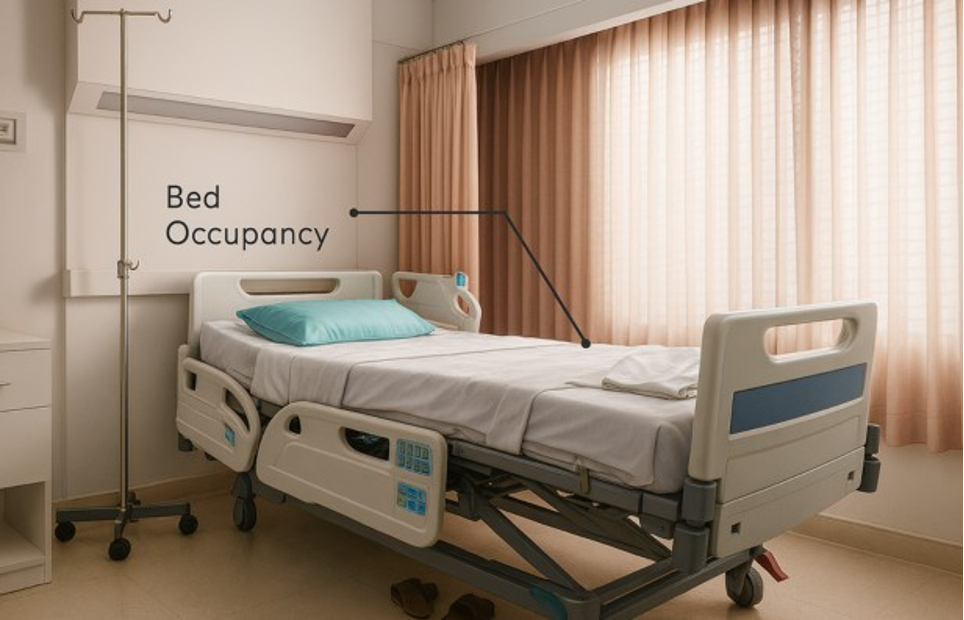
Applications Beyond Infusion Pumps
Force sensing resistors are already used in a variety of healthcare scenarios:
- Hospital bed sensors
Detect patient movement or presence to prevent falls or pressure sores - Therapeutic footwear
Monitor gait and pressure distribution for physical rehabilitation - Medication dispensers
Track remaining pills or liquid volume to alert staff when supplies run low - Wearable health monitors
Sense changes in heart rate, breathing, or skin pressure in non-invasive formats
The compact form and customizable design of FSRs make them versatile across both traditional and next-generation healthcare devices.
Butler Technologies’ Contribution to FSR Integration
Butler Technologies specializes in the design and production of custom printed electronics, including FSRs tailored for medical equipment. Their capabilities include:
- Custom sensor layouts, from single zones to matrix arrays
- In-house prototyping, printing, and large-scale production
- Seamless integration of sensors into device panels, tubing, or housing
- Expert guidance on sensor placement, signal conditioning, and material selection
BTI’s screen-printing expertise enables the creation of sensors in virtually any shape or sensitivity level, ensuring a precise fit for each device. They also provide support in meeting regulatory and biocompatibility requirements, streamlining the development process for medical manufacturers.
Emerging Trends in Medical Sensor Technology
Several forward-looking trends are reshaping how sensors like FSRs are used in healthcare:
Flexible and wearable designs
- Sensors are now embedded into soft materials like fabric or bandages
- Enable continuous patient monitoring in home or outpatient settings
Smart, connected systems
- Medical devices are being designed to connect wirelessly to healthcare platforms
- FSRs enable real-time data streaming for remote observation and alerts
Data-driven diagnostics
- Sensor data is increasingly used to identify trends or predict equipment failure
- Multisensor systems now combine force, temperature, and chemical sensing for deeper insights
These innovations allow sensors not only to react to changes but also to help anticipate and prevent issues, driving more proactive care and better patient outcomes.
Looking Ahead
As the healthcare industry continues to evolve, the demand for smarter, safer, and more responsive medical devices will only increase. Force sensing resistors are at the center of this transformation. They offer a simple yet powerful solution for monitoring force and pressure in real time, helping medical teams deliver more accurate treatments while ensuring patient safety.
By partnering with trusted experts like Butler Technologies, manufacturers can bring next-generation devices to life without sacrificing efficiency or design freedom. The result is a better experience for both patients and providers, rooted in the quiet, consistent performance of a well-designed sensor.
Lynn Martelli is an editor at Readability. She received her MFA in Creative Writing from Antioch University and has worked as an editor for over 10 years. Lynn has edited a wide variety of books, including fiction, non-fiction, memoirs, and more. In her free time, Lynn enjoys reading, writing, and spending time with her family and friends.


